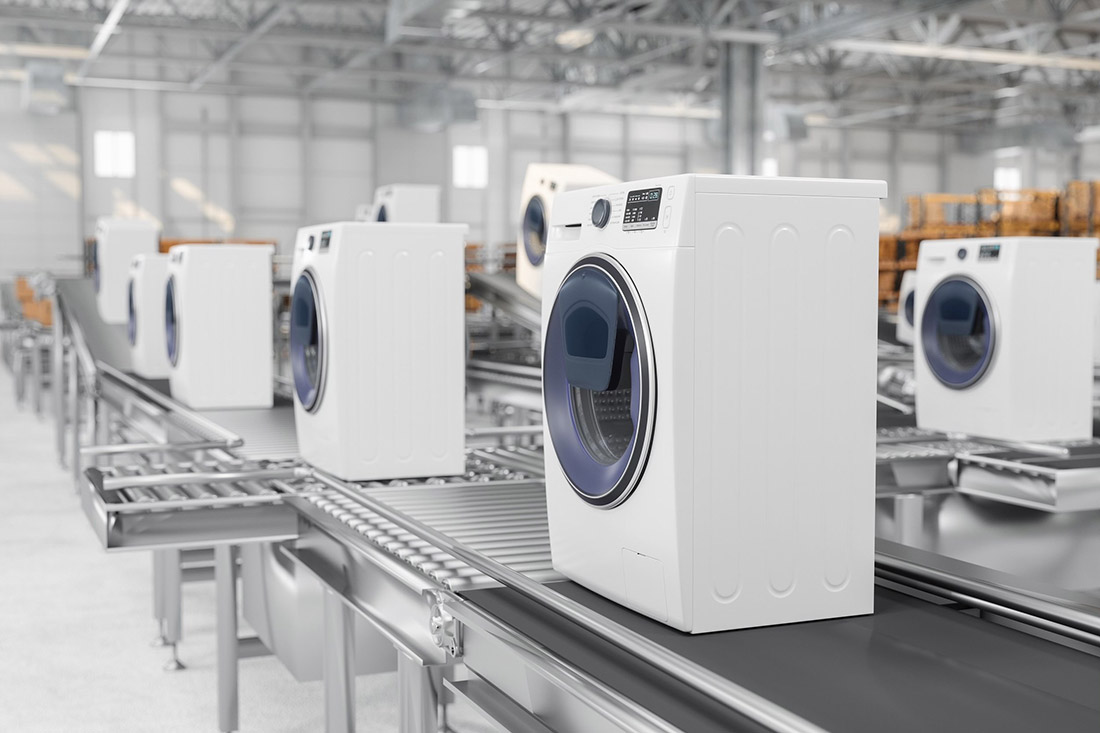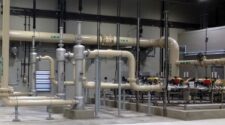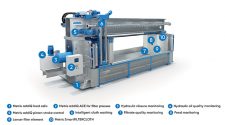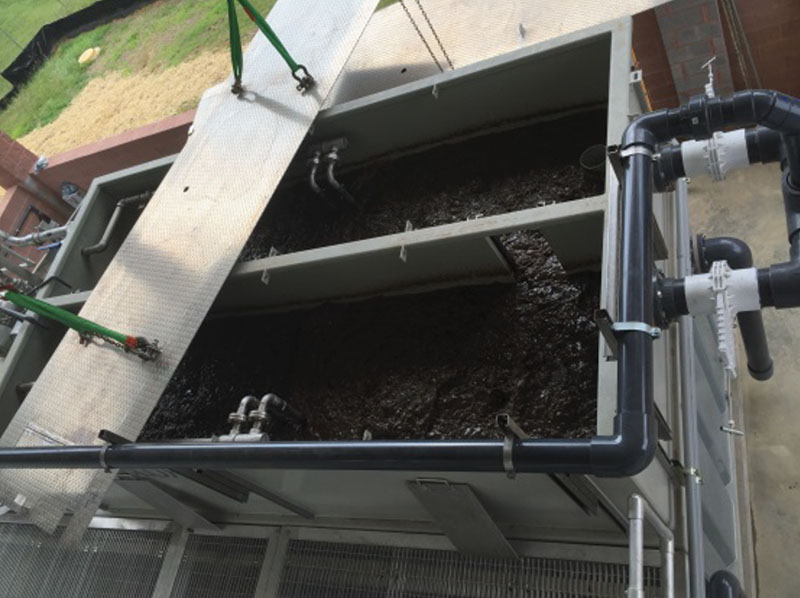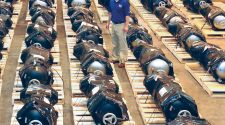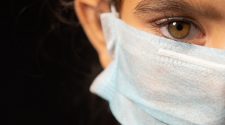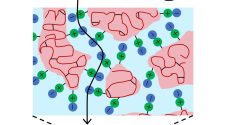In his memorable TedTalk from 2010, the great Swedish physician and academic Hans Rosling, who sadly died in 2017, proposed the washing machine as the greatest invention of modern times.
“I was only four years old when I saw my mother load a washing machine for the first time in her life,” he explained. “That was a great day for my mother – my parents had been saving for years to buy that machine. My grandma was even more excited. Throughout her life she had been heating water and hand-washing laundry for seven children and now she was watching electricity do that work. She was mesmerized – to my grandma that washing machine was a miracle.”
Rosling continues to make sound reasons for his nomination – not least giving women the time to read books – in an illuminating talk well worth watching.
However, the general consensus elsewhere is that the automobile is the greatest invention of the 20th century … and the invention of the wheel the most significant in the history of civilization.
What was not widely known in 1952, however – when Hans Rosling was just four years old – was that advancements of both washing machines and automobiles have caused damage on the environment and now are threatening the future health of both humanity and the planet, as implications are become clearer.
Impacts of Progress
Scientists estimate there are around 14 million tons of microplastics on the ocean floor, and a further 24 trillion grains floating on the surface of the oceans – with 35% of this pollution generated from the turbulence and friction of putting clothing, sheets and towels through the washing machine.
Meanwhile, researchers from Imperial College London’s Transition to Zero Pollution initiative report that six million tons of tire wear particles are released globally each year, contributing to the microplastics problem, as well.
As tires break down they release a range of particles, from visible pieces of tire rubber to nanoparticles. Large particles are carried from the road by rain into rivers, where they can leach toxic chemicals into the environment, while smaller particles become airborne and breathed in. They are small enough to reach into the deep lung and can contain a range of toxic chemicals, including polyaromatic hydrocarbons, benzothiazoles, isoprene and heavy metals like zinc and lead.
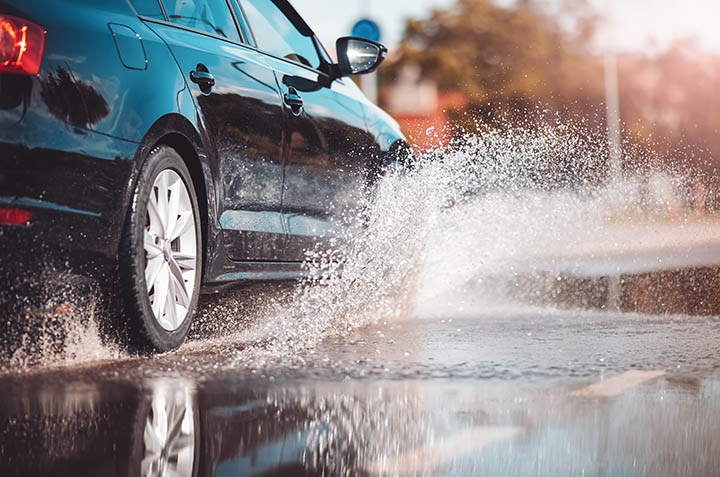
Despite this, research on the environmental and health impacts of tire wear has been neglected in comparison to the research and innovations dedicated to tackling fuel emissions. The Imperial researchers say that the effect of new technologies on the generation and impact of tire wear should be a priority.
“Tire wear particles pollute the environment, the air we breathe, the water run-off from roads and have compounding effects on waterways and agriculture,” said Dr. Zhengchu Tan, of Imperial’s Department of Mechanical Engineering. “Even if all our vehicles eventually become powered by electricity instead of fossil fuels, we will still have harmful pollution from vehicles because of tire wear.
“We urge policymakers and scientists to embark on ambitious research into tire wear pollution to fully understand and reduce their impacts on biodiversity and health, as well as research to reduce the generation of these particles.”
Solutions
Effective solutions based on advanced filtration for both of these problems are either in development or already exist and can be expected to be widely implemented in the coming years.
GKD Group, for example, the leading woven mesh filtration manufacturer headquartered in Düren, Germany, has teamed up with Cleveland, Ohio-based CLEANR, one of a number of developers of advanced microplastics filtering technologies for washing machines.
The two companies are collaborating on the development, engineering and manufacturing of CLEANR’s solutions which are said to efficiently filter microplastics from residential, commercial and industrial washing machine wastewater.
CLEANR’s patent-pending technology can be applied as an external filter or be readily integrated into modern washing machine designs as a pre-installed solution. The technology has been shown to capture over 90% of microplastic fibers larger than 50 microns in size. CLEANR also offers a consumer-friendly dry disposal mechanism that prevents hands-on contact with the microfiber waste and prevents it from being washed down the drain.
Pending Washer Regulations
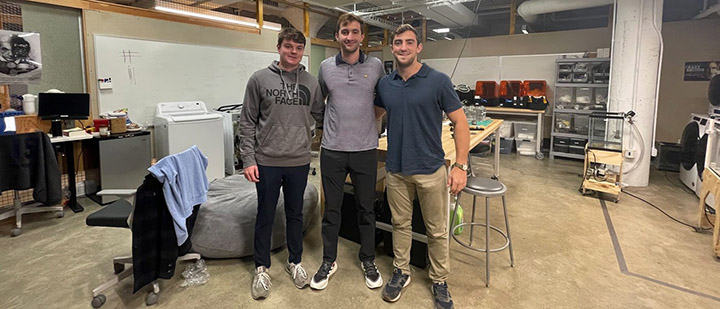
“Washing-machine manufacturers around the world are facing growing demand for consumer-friendly, cost-efficient microplastic filtering solutions to address pending regulations in Europe, North America and beyond,” said CLEANR CEO Max Pennington. “Our partnership with GKD ensures the highest quality and precision manufacturing capabilities for our clients, based on GKD’s 100-year track record of woven mesh innovation.”
“Microplastic pollution is becoming an urgent environmental and public health concern, but the microplastic filtering of washing-machine wastewater is a game changer,” added GKD Group CSO Stephan Kufferath. “We’re keen to help CLEANR achieve its market potential by leveraging our 50 micron stainless-steel mesh for capturing microplastics and long-established network of global manufacturing and distribution centers. This is an opportunity to help deliver a filtration solution that actually meets upcoming regulatory requirements for Europe and beyond.”
Legislation
A number of governments are studying the problem and developing new rules to curb the flow of plastic microfibers from washing machines into waterways. Beginning in January 2025, France will require all new washing machines sold in the country to include a microplastic-filtration solution. Meanwhile, members of the UK parliament, California, Illinois, and Oregon state legislators in the USA, and provincial legislators in Ottawa in Canada, are working through similar proposals, with other governments around the world following suit.
“The growing focus on microplastic pollution by consumers, governments, healthcare organizations and manufacturers of textiles, apparel and appliances has created a dynamic market with potential to achieve rapid change,” said Terry Moore, chairman of CLEANR’s board of directors. “By closely collaborating with washing-machine manufacturers and global leaders like GKD, CLEANR will help overcome the world’s number one source of microplastic pollution, while driving growth for our clients and shareholders.”
Tire Abrasion
GKD has also been closely involved with the Tire Abrasion in the Environment research project (RAU) with the Technical University of Berlin in Germany and is building on the results in the development of a year-round filter for road traffic applications.
“We worked with TU Berlin to identify hotspots, such as intersections that see a great deal of traffic and are currently developing a filter basket which is purged during the regular cleaning of conventional drainage shafts,” explained development engineer Dominik Herper. “This is then included in the standard maintenance cycle, which is both efficient and saves costs. However, this is no easy undertaking, since road run-offs catch more than just microplastics. In fact, they also attract leaves, general waste, cigarette butts and dog excrement.
“As such, our filter media must not only be very rugged, but also capable of reliably filtering road runoff water without getting clogged. It must also continue to perform over an extended time period, specifically between scheduled maintenance intervals.
“Our mesh expertise – coupled with the fact that we have been focusing intensively on the topic of microplastics since 2016 – provides clear benefits when developing products of this kind.”
Getting to a Global Solution
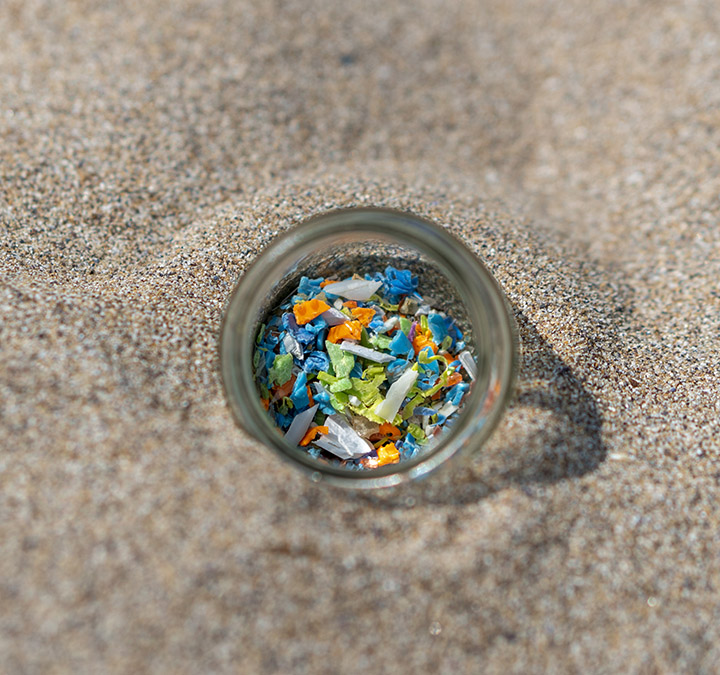
Microplastics are ultimately a global problem, Herper stressed, and it’s therefore important not just to have one solution but approach the issue from various angles.
“As a general rule, the first step is always to prevent plastics from being released into the environment in the first place,” he said. “We know that tire abrasion from road traffic is the number one cause of microplastics and less road traffic would certainly help, but this is unlikely to happen.
“In fact, tire abrasion is likely to increase even further as the modern world focuses increasingly on electric mobility because electric vehicles are heavier than their combustion engine counterparts and tend to generate more abrasion.
“Installing drain filters in locations such as major intersections is therefore an initial step that could make a meaningful difference. This would certainly reduce the proportion of microplastics in rainwater. However, it also requires a cost-effective solution, as well as corresponding legislation.”


